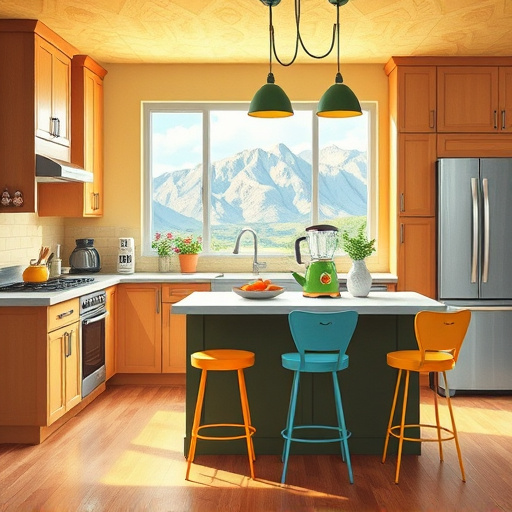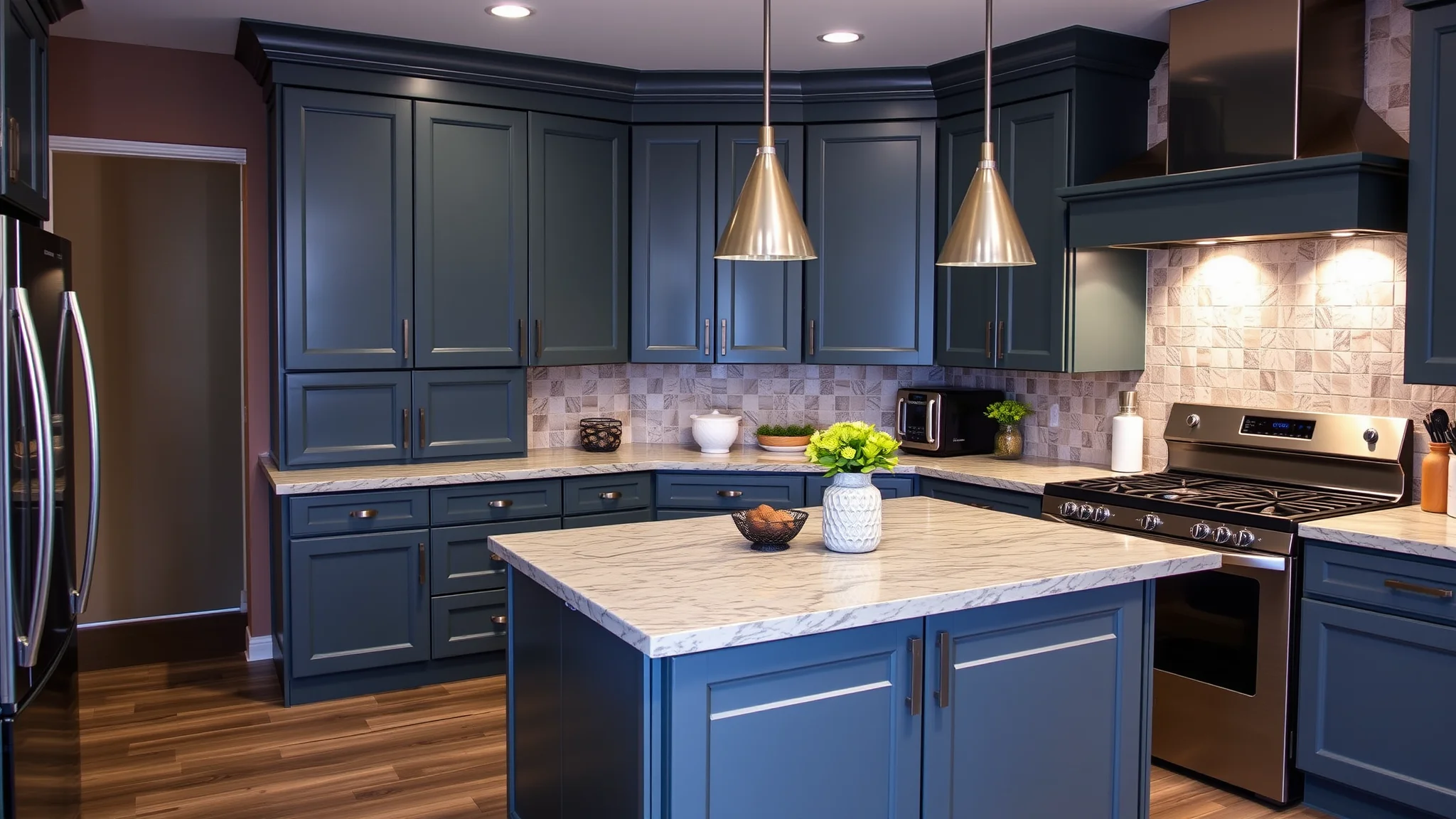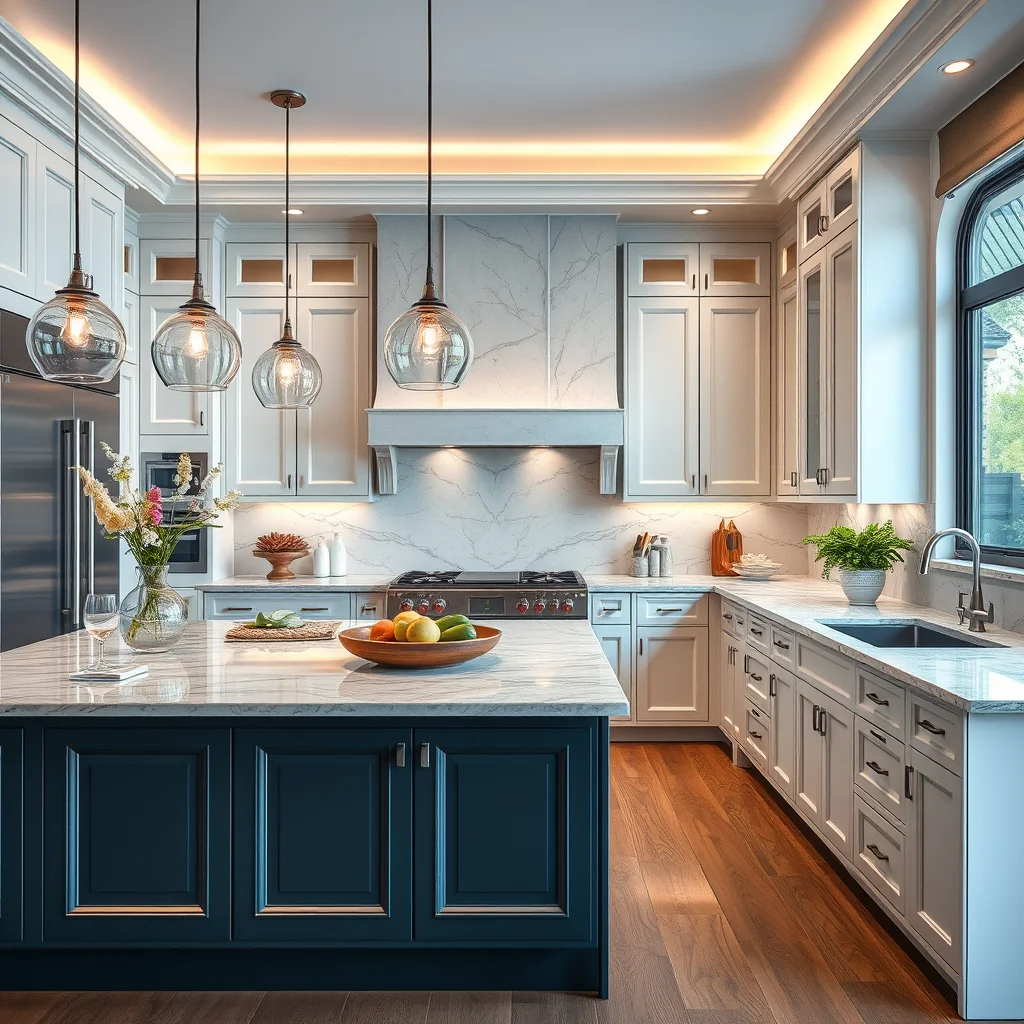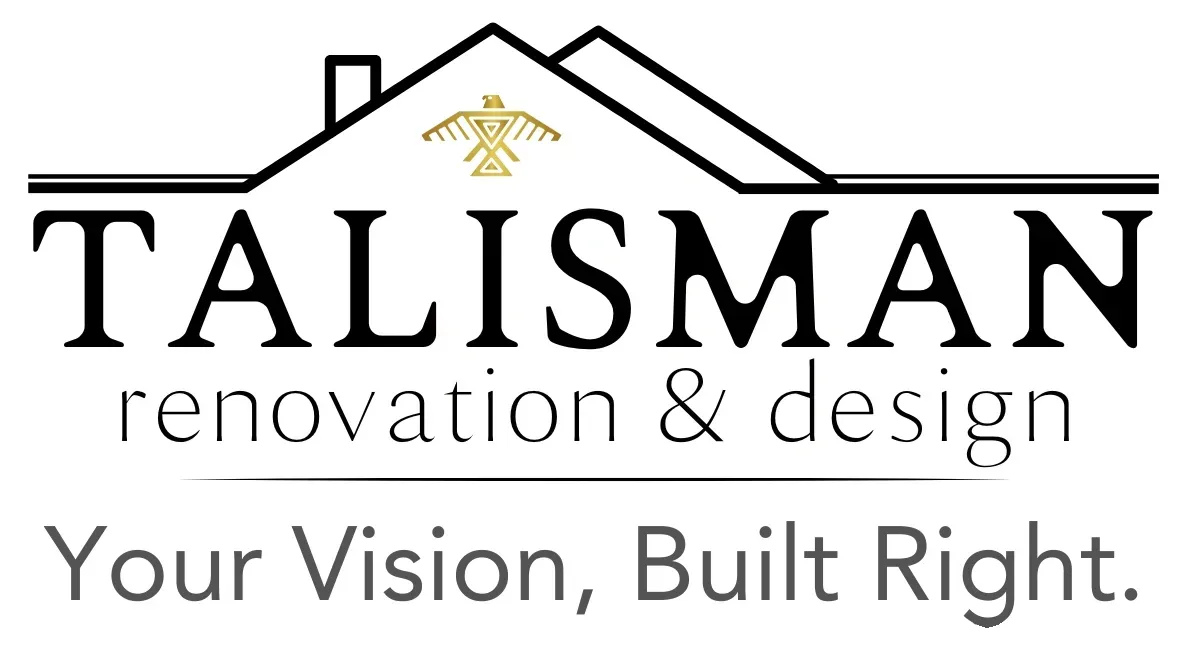
Understanding Home Remodeling Cost: Budgeting for Your Project
Understanding the Components of Home Remodeling Cost
Embarking on a home renovation project is an exciting journey toward transforming your living space into a reflection of your personal style and functional needs. However, one of the most pivotal aspects that homeowners grapple with is understanding the true home remodeling cost. This intricate puzzle involves various interconnected elements—materials, labor, design complexity, and unforeseen expenses—that can significantly influence your overall budget.
What Are the Main Factors That Influence Home Remodeling Cost?
Several critical components collectively determine the final cost of a renovation. Recognizing these factors helps in setting realistic expectations and crafting a meticulous budget.
Scope and Scale of the Project
The extent of your renovation—whether it’s an entire house overhaul or a partial upgrade—directly impacts the cost. A full gut renovation demands more resources compared to cosmetic updates.
Design Complexity and Customization
Complex designs, bespoke features, and high-end finishes elevate expenses. For example, choosing high-quality materials or incorporating architectural detailing increases the home remodeling cost.
Materials and Finishes
Premium flooring, cabinets, countertops, and fixtures come with premium price tags. Opting for sustainable or imported materials can also add to the overall budget.
Labor and Skill Level
Labor costs vary based on geographical location and the expertise required for specialized tasks like electrical rewiring, plumbing, or custom carpentry. Skilled tradespeople often command higher wages, reflecting in your total expenditure.
Permits and Regulatory Fees
Securing necessary permits and adhering to local building codes may involve additional costs, especially in regions with strict compliance standards.
How Can You Effectively Budget for Your Home Renovation?
Having a comprehensive understanding of home remodeling cost is just the beginning. Practical budgeting involves strategic planning, prioritization, and informed decision-making.
Step 1: Assess Your Needs and Priorities
Start by clearly defining your renovation goals. Determine whether upgrades focus on aesthetic appeal, functionality, or increasing property value. This clarity helps in allocating funds efficiently.
Step 2: Research and Gather Cost Estimates
Leverage online resources, consult with multiple contractors, and review past projects to develop realistic estimates. For specific projects like kitchen upgrades, consider detailed guides such as kitchen cabinet refacing South Jordan or contemporary kitchen upgrades Sandy to understand current pricing trends.
Step 3: Create a Contingency Fund
Unforeseen issues such as hidden water damage, electrical problems, or remodeling adjustments often surface mid-project. Setting aside 10-20% of your budget as a contingency ensures you're prepared for surprises.
Step 4: Prioritize and Make Informed Choices
While luxury finishes are attractive, balancing them with cost-effective alternatives can help stay within budget. For instance, refacing kitchen cabinets instead of replacing them can significantly cut costs without compromising style (see more about cabinet refacing in Draper).
What Are Common Mistakes That Can Inflate Your Home Remodeling Cost?
Failing to account for all aspects of the project, including hidden structural issues or additional labor, causes unexpected expenses. Proper planning and detailed assessments mitigate this risk.
Choosing cheaper materials may save money initially but often results in higher long-term maintenance and replacement costs, escalating your overall home remodeling cost.
Ambiguity in project scope and specifications can lead to scope creep, varying prices, and disputes, all increasing expenses. Transparent contracts and detailed plans are essential for controlling costs.
How Can Proper Planning Minimize Home Remodeling Cost? A Step-by-Step Approach
Effective planning not only keeps expenses in check but also ensures a smooth renovation process.
Develop a Detailed Design and Specification Document
Outline your vision, material choices, layout, and finishes. A comprehensive plan reduces misunderstandings and minimizes costly modifications later.
Solicit Multiple Quotes and Evaluate Bids Carefully
Request detailed proposals from reputable contractors, such as Kitchens Remodeling Consultation in Bountiful. Comparing bids helps in selecting providers who offer the best value.
Schedule Phases and Set Realistic Deadlines
Timelines influence costs—delays often entail additional labor and materials. An organized schedule improves efficiency and budgeting accuracy.
Are There Cost-Effective Alternatives for Common Renovation Projects?
Absolutely. Instead of replacing cabinets entirely, refacing transforms the look at a fraction of the cost. Consider exploring options like cabinet refacing in South Jordan for budget-friendly upgrades.
Contemporary styles, such as the contemporary kitchen upgrade in Sandy, blend modern aesthetics with cost-effective materials, offering a high-end look at accessible prices. Additionally, blending retro with modern elements, as seen in Retro Modern Kitchen Fusion Trends, allows for unique designs that stand out without extensive renovation costs.
How Can Choosing the Right Professionals Impact Your Home Remodeling Cost?
Hiring experienced, reputable contractors can optimize your budget and elevate project quality. Providers like Talisman Renovation & Design bring a wealth of expertise, ensuring efficient use of resources and adherence to your financial plan. Proper contractor selection minimizes errors, delays, and scope creep—common contributors to inflated remodeling costs.
What Are Some Long-Term Cost Considerations in Home Remodeling?
Investing in quality materials and skilled craftsmanship can reduce future maintenance expenses. For example, durable flooring or energy-efficient appliances, while possibly more expensive initially, translate into savings over the lifespan of your home. Additionally, thoughtful design choices that improve energy efficiency can lower utility bills—an ancillary benefit that enhances the value of your investment.
Frequently Asked Questions (FAQs) About Home Remodeling Cost
It involves summing expenses for materials, labor, permits, design services, and contingency funds. A detailed project scope helps in generating a comprehensive estimate.
While it varies based on project scope and location, most experts suggest allocating around 5-15% of your home's value for renovations. However, focusing on quality and long-term benefits often yields better returns.
Regional labor rates, material availability, permit fees, and local building codes significantly impact project expenses, making costs higher or lower depending on your area's economic landscape.
It depends on your goals. While small projects often cost less upfront, comprehensive overhauls can prevent frequent future updates and improve overall property value, potentially providing better long-term investment returns.
Conclusion: Mastering Home Remodeling Cost for Your Dream Home
Understanding the intricacies of home remodeling cost is fundamental to turning your renovation ambitions into reality without financial stress. Strategic planning, informed decision-making, and partnering with reputable professionals lay the foundation for a successful project. Whether you're considering a contemporary upgrade, kitchen refacing, or a full-scale remodel, a clear grasp of costs empowers you to prioritize effectively and achieve your desired aesthetic and functional outcomes.
At Talisman Renovation & Design, we specialize in transforming visions into tangible realities while maintaining transparent and fair pricing. Contact us today for a personalized consultation and take the first step toward your dream home.

















